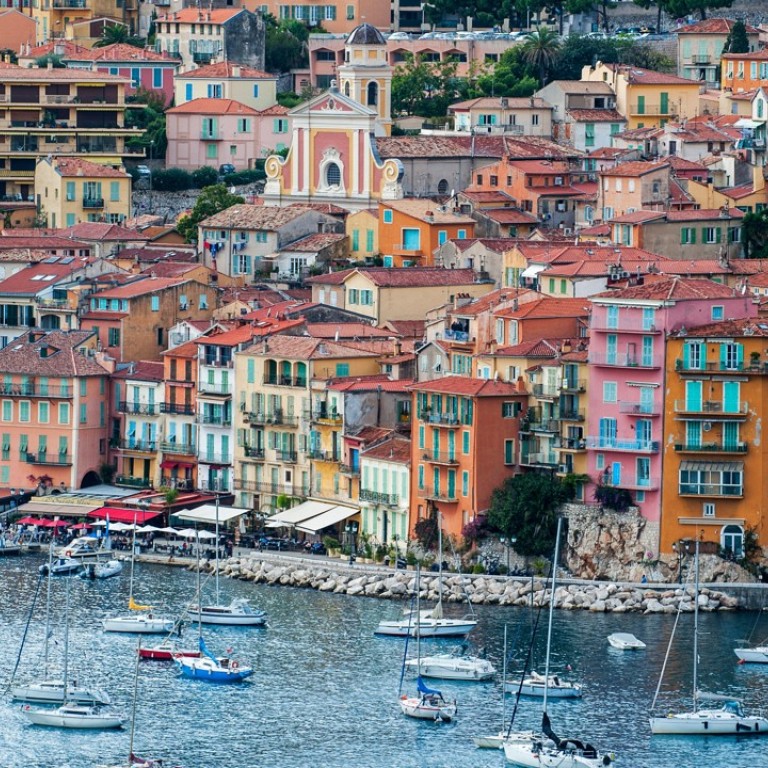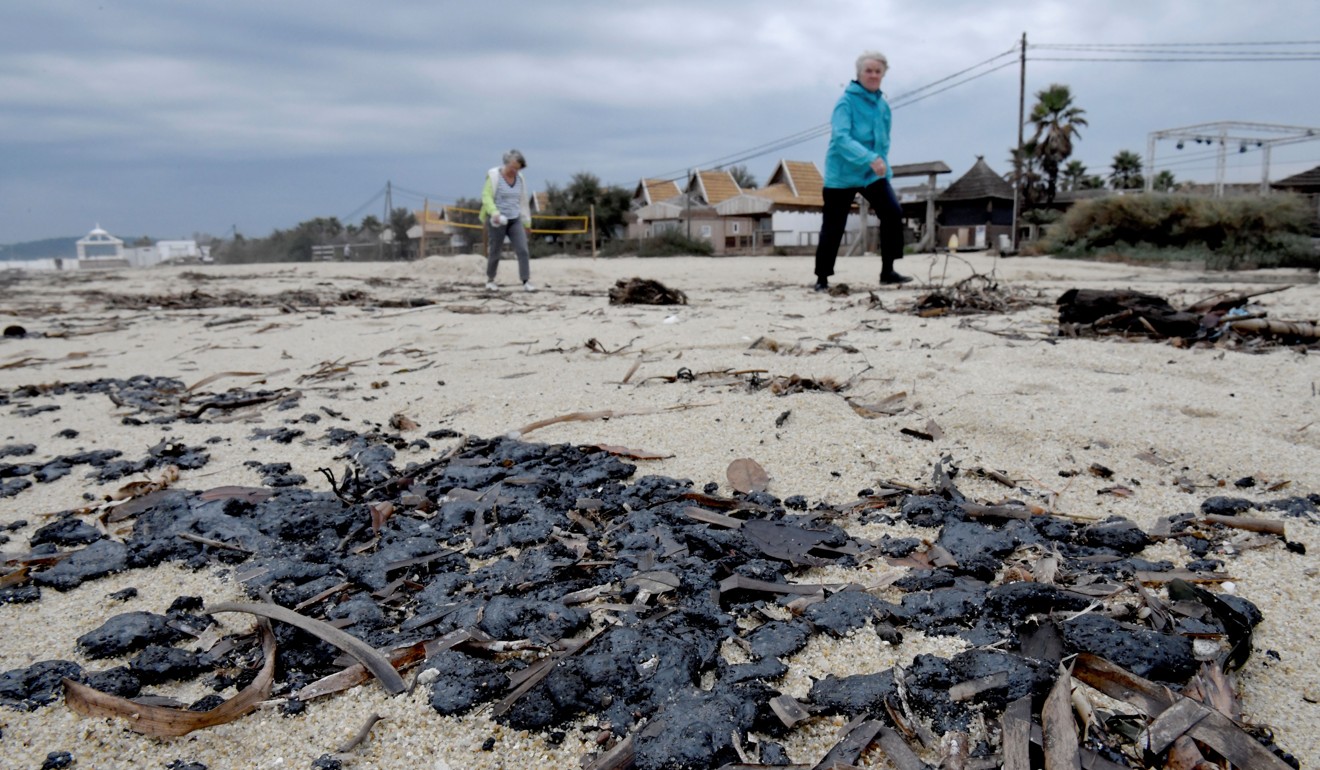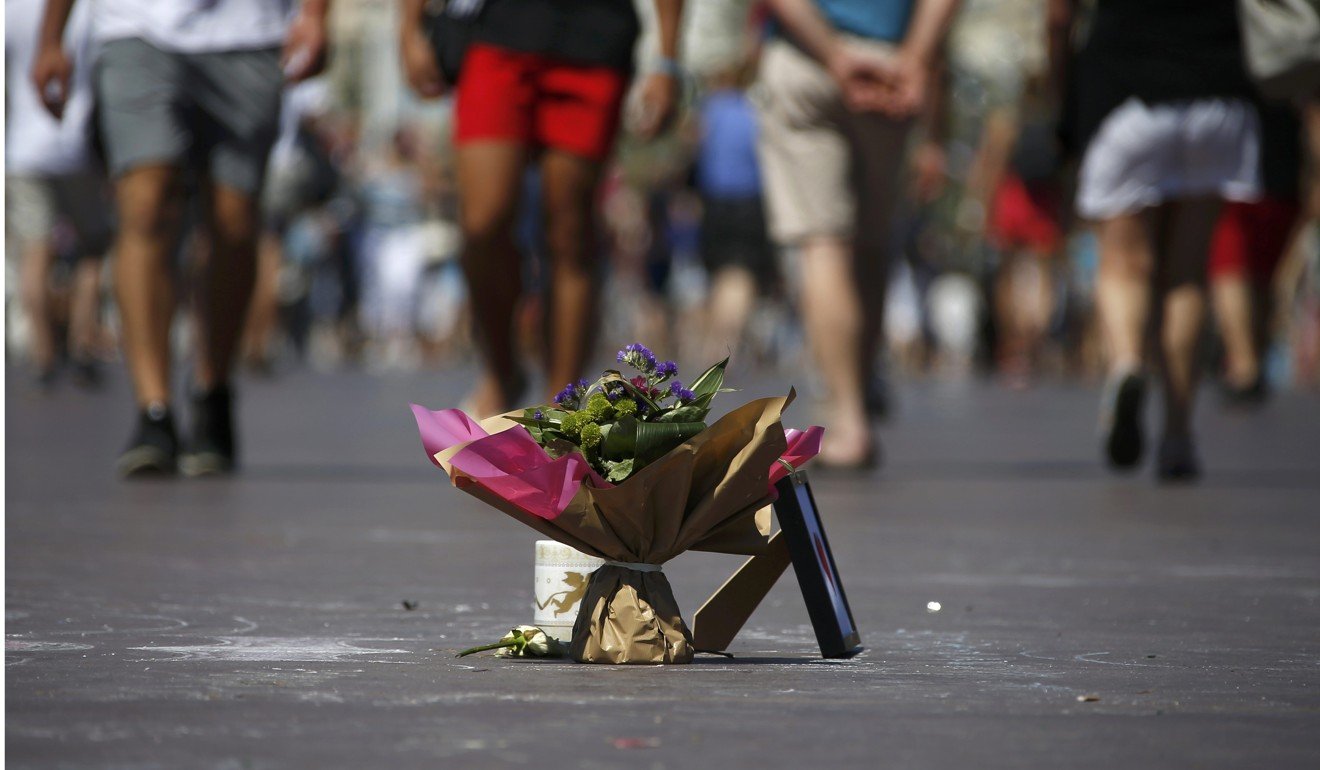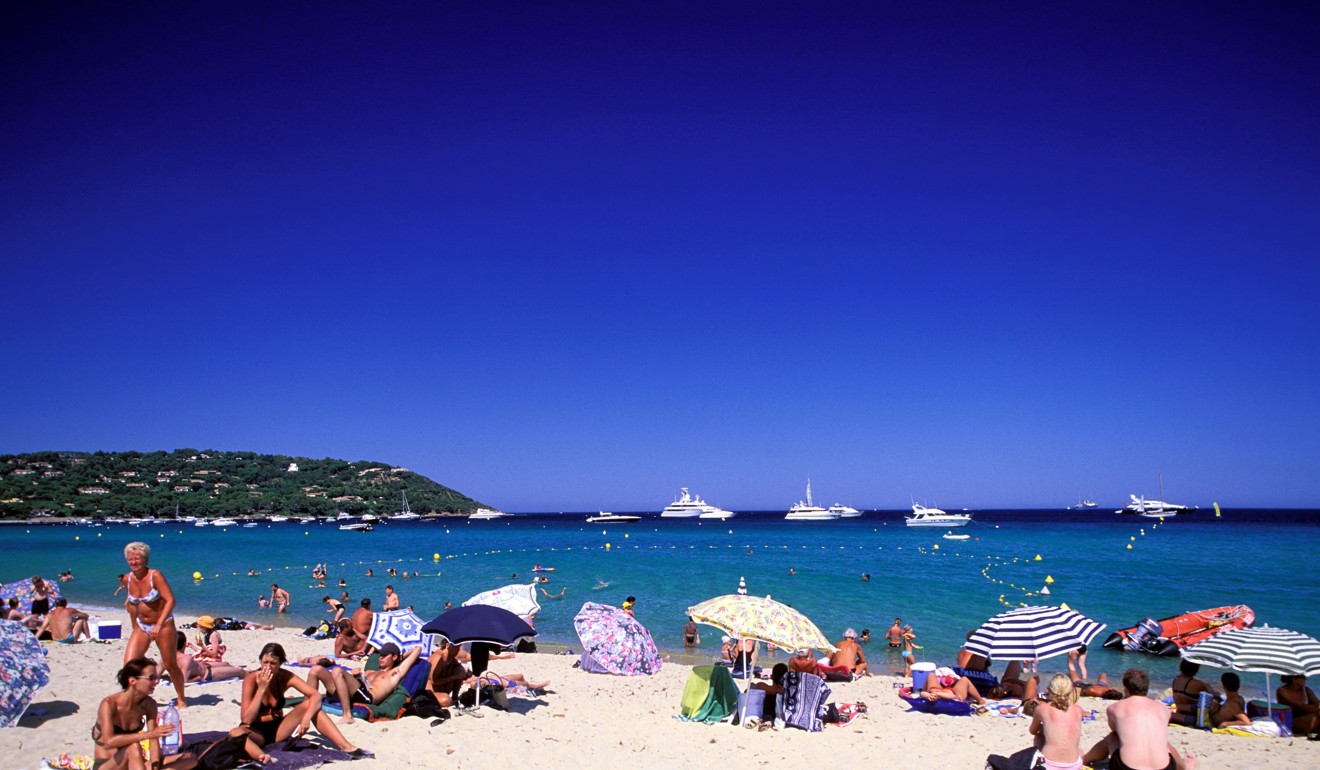
The good, bad and ugly sides to the French Riviera – glamour and glitz, or overhyped and overpriced?
- The St Tropez made famous by Brigitte Bardot has become a tourist trap, whatever you do, don’t visit the Cote d’Azur in summer
The good
The French Riviera has a near monopoly on adjectives beginning with “G”. There’s glittering Cannes; glamorous St Tropez and glitzy Monte Carlo. The descriptive words can be shuffled and supplemented so that during the film festival, Cannes fills with glamorous movie stars, and when the Monaco Grand Prix is on, Port Hercules Marina heaves with gleaming super yachts bobbing on the glittering Mediterranean. To avoid overdosing on Gs, other adjectives are pressed into action. The casinos of Monte Carlo (a district in the Principality of Monaco) are opulent, while displays of wealth are nearly always ostentatious.
The French Riviera is also known as the Cote d’Azur, a term that first appeared as the title of an 1887 book on the area. The Azure Coast’s boundaries are disputed – some say it begins near the city of Toulon; others reckon St Tropez. Either way, the region runs up to the border with Italy and is backed by the Alps, which help to keep all that chilly north European weather at bay.
Argentinian chef Mauro Colagreco’s love affair with the French Riviera
The first foreign tourists to take advantage of the mild winter climate were British aristocrats, who started arriving at the end of the 18th century. The railway brought more European nobles, followed in turn by artists attracted by the quality of the light and writers attracted by the quality of the wine. The Cannes Film Festival was launched in 1946, cementing the city’s international reputation, and St Tropez never looked back after scenes from the 1956 movie And God Created Woman, starring Brigitte Bardot, were shot in the sleepy fishing village.
Finding the “hidden” Riviera is easier than you might expect. From Cannes, take a 15-minute boat ride to Les Iles de Lérins, an unspoilt archipelago of four islands. Île Sainte Marguerite is criss-crossed with pine-scented paths leading to rocky coves and neighbouring St Honorat has been home to a community of Cistercian monks for 1,500 years. Open to the public, the Abbey of Lérins and the fortified 15th-century monastery are about as tranquil as it gets in this corner of France.

If Monaco is the playground of the rich and famous, Nice is perhaps that playground’s sandpit. The heart and soul of the city is the atmospheric old town and the 7km Promenade des Anglais, a palm-fringed pedestrian space lined with swanky stores and suntrap cafes that overlook the Med. Time your visit for February and join revellers letting their hair down at one of the world’s longest running carnivals. Besides fireworks and feasts, the showpiece of the shindig is the Battle of the Flowers – a procession of floral-themed floats featuring young women in bright costumes who fling freshly cut blooms into the crowds.
On the subject of flowers, head half an hour into the hills from Cannes and you’ll smell the hilltop town of Grasse before you even arrive. The perfume capital of the world produces two-thirds of France’s fragrances but for the olfactorily challenged, the narrow lanes, ramparts and buildings of the medieval settlement are ideal for exploring on foot. Restaurants ranging from modest to Michelin-starred serve Provençal dishes such as ratatouille niçoise, pissaladière (pizza-like onion tart), bouillabaisse (hearty saffron-spiked fish stew) and tapenade (black olive and caper dip). Bon appétit!
The bad

Glitzy and glamorous it may be but the Cote d’Azur is also overdeveloped and overrated. Playwright and long-time resident Somerset Maugham referred to the Riviera as “a sunny place for shady people”, and the Rough Guide to France billed Cannes as “a grotesquely overhyped urban blight on this once exquisite coast”.
The New York Times described the St Tropez restaurant scene as “full of tourist traps and obscenely priced see-and-be-seen restaurants”. If €30 (US$34) for a dog-eared salade niçoise sounds steep, you could try and cover your costs with a big casino win – James Bond always seems to come out on top here. Don’t expect to bump into any locals, though; Monégasques aren’t permitted to gamble, or even set foot inside the gaming rooms.
As with any Euro holiday hot spot, try to avoid the French Riviera in July and August, when the high-season hordes descend, room prices rocket and nerves become frayed. Spring and autumn are a better bet – with the exception of Cannes, in May; you’ve more chance of winning the Palme d’Or than finding somewhere affordable to stay when the film festival is on.

Talking of budget accommodation, at least 12,000 people, including about 3,000 staying on campsites, were evacuated while firefighters worked to contain wildfires blazing along the Cote d’Azur in July 2017. Tourists and residents were temporarily accommodated in gymnasiums, village halls and schools as flames whipped up by strong winds reached the outskirts of St Tropez. On that occasion, a tragedy was averted; 12 months earlier, another group of tourists and residents weren’t so lucky.
In a city renowned for its film festival, an amateur video uploaded to Facebook in 2015 revealed that Cannes glitters in more ways than one. Footage captured by a local diver and environmentalist shows the seabed strewn with tin cans, plastic bottles and other rubbish. And in October, St Tropez suffered its own marine pollution meltdown after two cargo ships collided offshore. Beaches were closed while volunteers set about cleaning away unsightly lumps of sticky tar that washed ashore. Forget the glitter, glamour and glitz – for a few days, the Cote d’Azur was gluey, gummy and gooey.
The ugly

A celebrated St Tropez beach has been accused of losing its soul by the town’s best known resident. Brigitte Bardot claims the very same Pampelonne Beach she famously frolicked on in 1956 caters only to millionaires and movie stars nowadays. Dutch holiday booking site TravelBird appears to agree. Its 2018 Beach Price Index calculates costs based on a bottle of water, sunscreen, beer, lunch and an ice cream, plus a day’s sunbed and umbrella rental. Pampelonne was ranked the world’s 8th most expensive stretch of sand, with sunbathers having to fork out US$96 for a day at the seaside.
Getting there
Air France, KLM, Lufthansa and Swiss offer connecting flights from Hong Kong to Nice.

